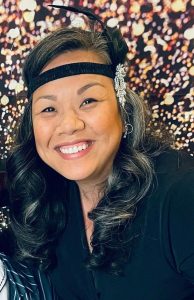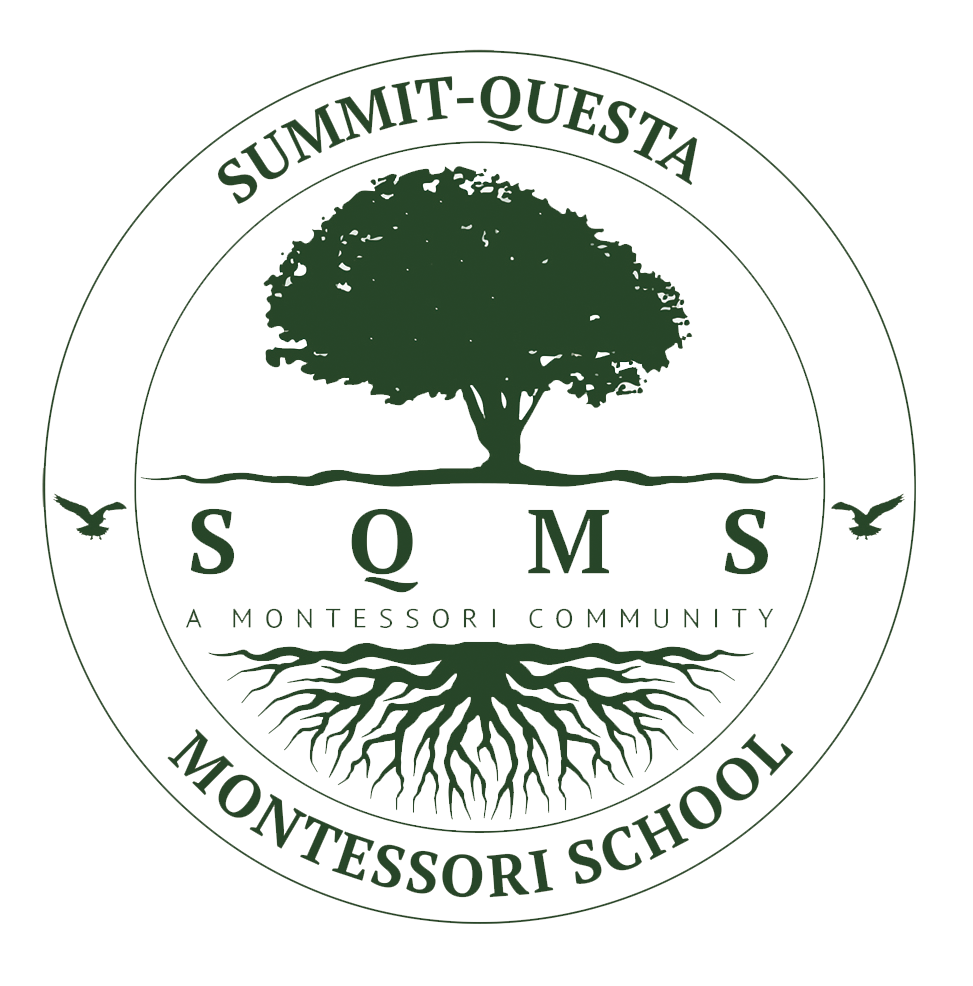Fine Arts at Summit-Questa
Where imagination, music, expression, and mastery come together to build confident creators and compassionate learners.
Visual & Performing Arts
Our Fine Arts program is an amalgamation of visual and performing arts at all age levels. Starting in Early Childhood, children are introduced to many aspects of art, drama and music, mostly in the classroom. At the Elementary and Middle School levels, in addition to classroom work in the arts, they spend time with teachers who are specialists in these areas.
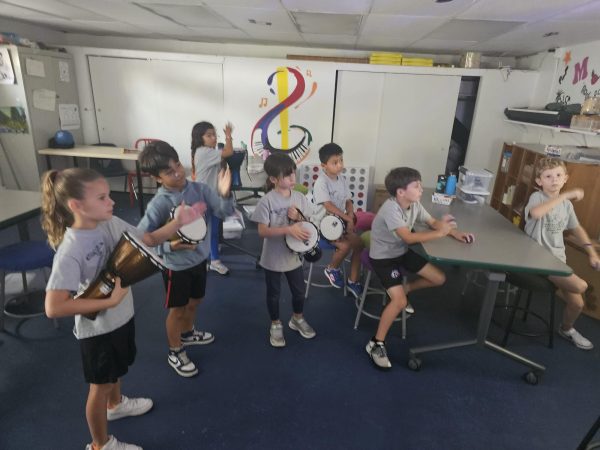
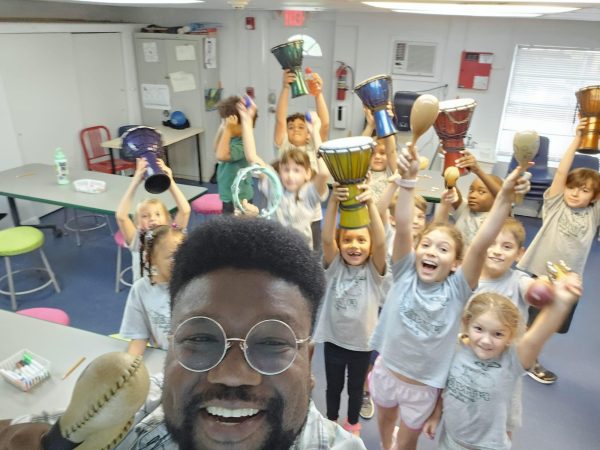
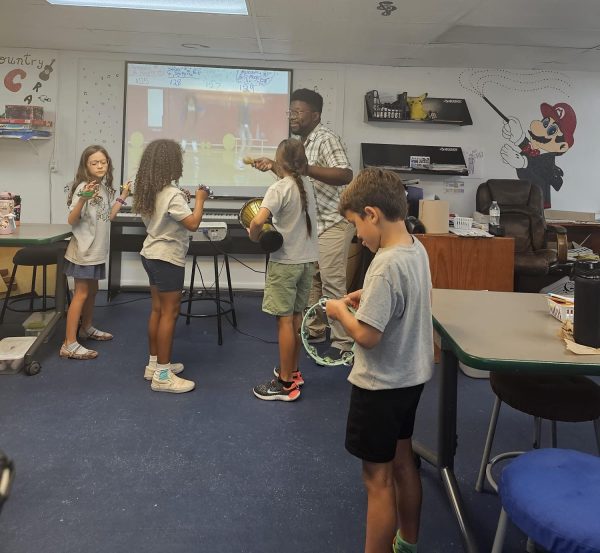
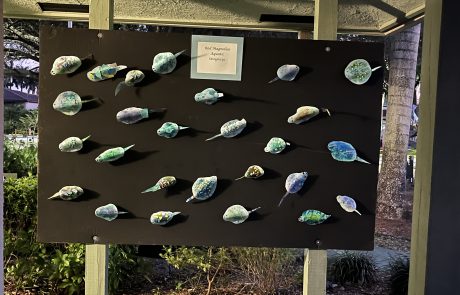
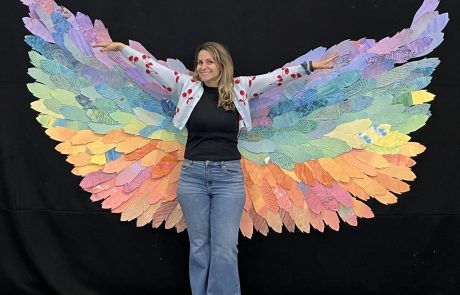
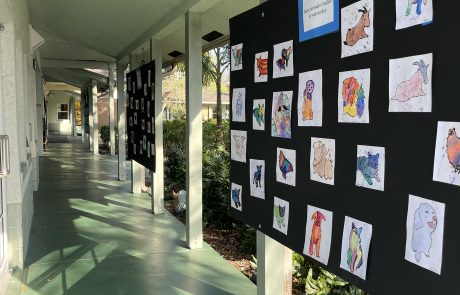
Art Curriculum
Students begin their journey using a variety of media—from paint and clay to pencils and scissors—developing fine motor skills and expressive capacity. Lessons are often paired with historical studies and art appreciation. As they progress through Lower and Upper Elementary, their projects grow in detail and intention. By Middle School, fine arts are fully integrated into core curriculum, allowing learners to explore, build, and create in ways that reinforce classroom learning.
Music & Performance
Beginning in Early Childhood, music is infused into daily life. Students sing, play percussion, and later, bells and recorders. Elementary students learn music theory and history, and perform in annual events like the Spring Show. By Middle School, students compose, drum, and perform with purpose—expressing their creativity through structured music appreciation and exploration.
Why It Matters
Fine Arts foster creativity, improve cognitive development, and inspire collaboration and self-confidence. Our goal is to nurture well-rounded, expressive, and emotionally intelligent individuals who shine in every part of life.
Meet Our Fine Arts Faculty

Chez A. Delva
Performing Arts Dept. Head Music Teacher
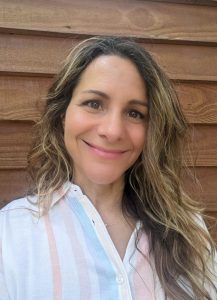
Piwi Romero
Fine Arts Teacher
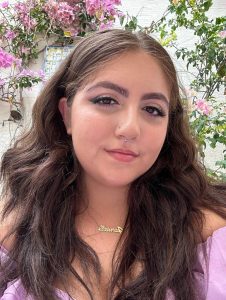
Gabriella Buscemi
Art Teacher
